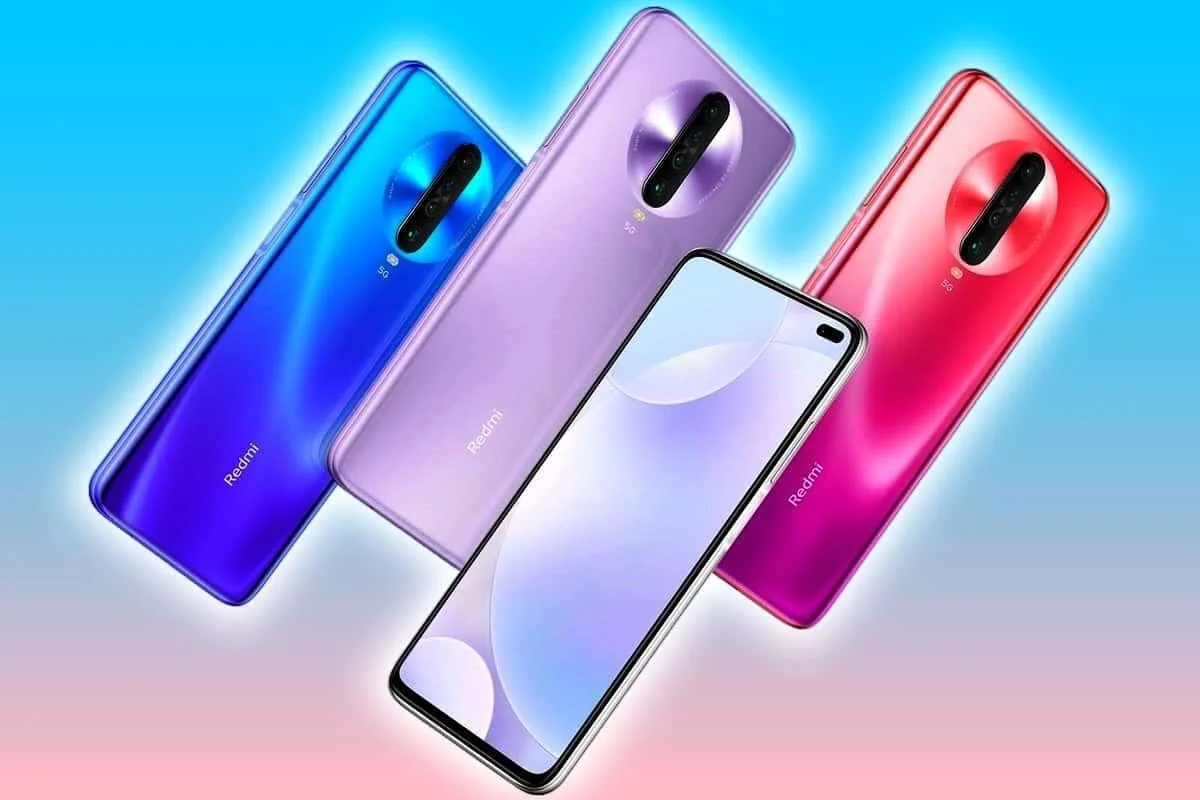A big part of learning any new trick is to have the right tools for the job. Since long exposure relies on keeping a sharp focus on the object in question, stability is essential, and with that, you will want some sort of tripod to place your phone on. We’ve recommended the one we use at the bottom of this post, but you’re free to find one that fits your style and budget.
When shopping for a tripod however, make sure to find one that not only fits your phone, but one that can also be extended or even bent to any scenario you may find yourself taking pictures in. You will also want to make sure that the build quality of the tripod is semi-respectable, as otherwise you will find that the lack of perfect stability will come through in your photo shooting.
STEP 3: Adjusting Your Settings
Now that you’re geared up and ready to start, head to your camera app and scroll right until you find the “Pro mode”. This mode, unlike the standard “photo mode”, will allow you to completely control each and every part of your camera in order to fit your case-scenario.
If you find yourself thinking that this entire mode looks all too complicated, don’t worry, as you’ll only be modifying the phone’s shutter speed (indicated by a S) and the ISO (indicated as ISO). Here you’ll want to set the shutter speed to 1/2s (half a second), and the to ISO to 100. This can be modified depending on your lighting conditions, but for most urban street scenarios, this setting will do you just fine.
It is also worth noting that for best results, you will want to follow through with the stability by making use of the photo countdown feature on all Xiaomi phones. To do this, simply tap your volume switch as you plan to take the photo, and a 3 second countdown will appear, ensuring that you don’t shake the camera when pressing the shutter button.











